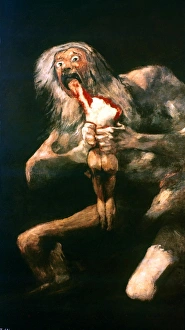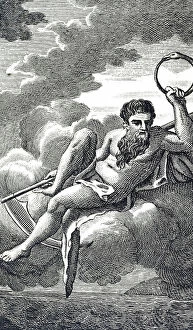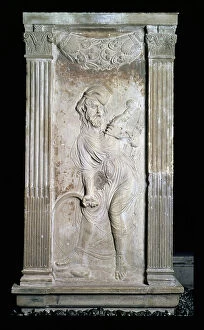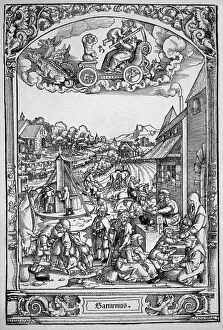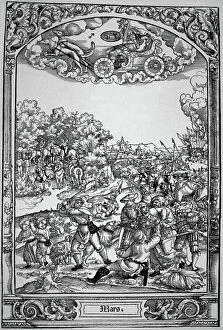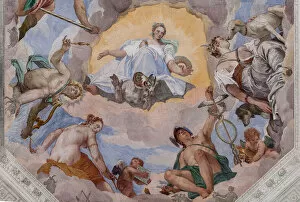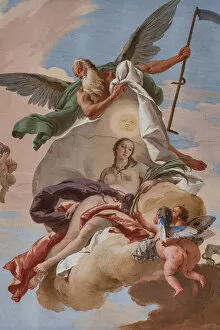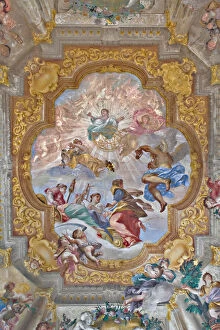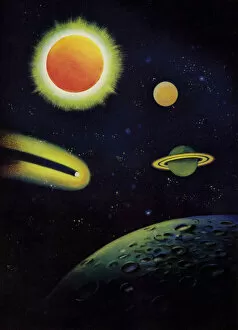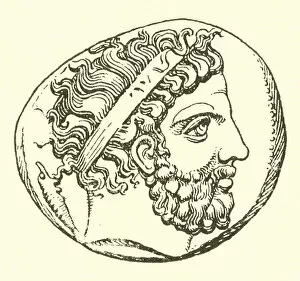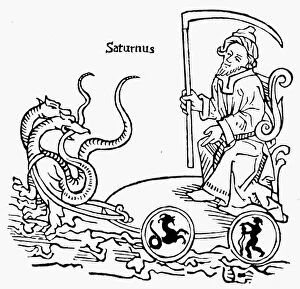Cronus Collection
"Cronus: The Timeless Titan and Symbol of Fate" In ancient mythology, Cronus was a powerful titan known as the god of time and harvest
All Professionally Made to Order for Quick Shipping
"Cronus: The Timeless Titan and Symbol of Fate" In ancient mythology, Cronus was a powerful titan known as the god of time and harvest. Depicted in various forms of art throughout history, he remains an intriguing figure that captivates our imagination. One such portrayal is Francisco Goya's haunting masterpiece "Saturn Devouring a Son. " Painted between 1819-23, it depicts the gruesome tale devouring his own children out of fear they would overthrow him. This chilling image serves as a reminder of the cyclical nature of life and the inevitable passing of time. Another representation can be found in an engraving titled "Saturn, " showcasing his association with agriculture and fertility. As the Roman god Saturn, he was revered for bringing abundance to the land and ensuring bountiful harvests. Cronus' influence extends beyond visual arts into other realms as well. In literature, he appears in works like Homer's Iliad where he is mentioned during a description of Germanic and Roman armies encamped together - symbolizing both destruction and creation on a grand scale. Even modern technology pays homage to this timeless deity. The Boeing 737-33A SX-BBT bears his name, reminding us that even amidst technological advancements, we are still connected to ancient myths. The concept of time itself finds expression through Cronus' association with clocks and hourglasses. From an old man holding an hourglass in a 1717 oil painting to table clocks featuring Cronus wielding a scythe made from golden bronze - these artistic depictions remind us that time waits for no one. Furthermore, allegories surrounding death often feature Cronus prominently. A plaque from 1794 portrays him as part of an allegory representing mortality - emphasizing how all things must come to an end eventually. In frescoes like "Universal Harmony surrounded by gods" or "Guest Lodgings.

